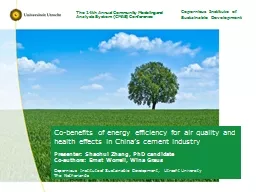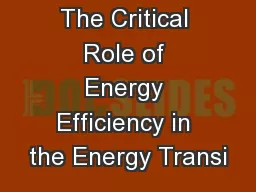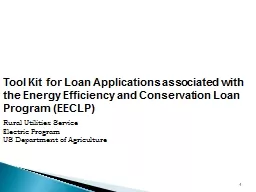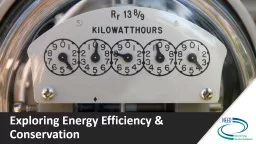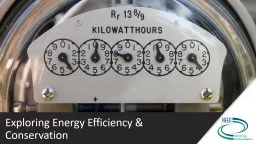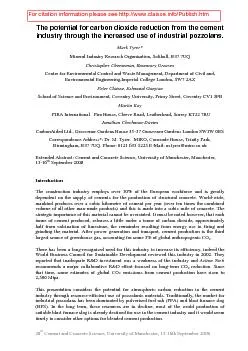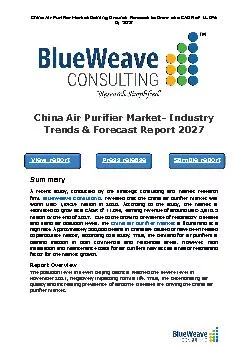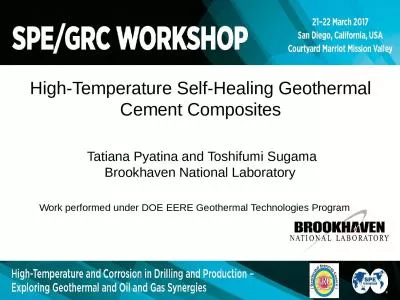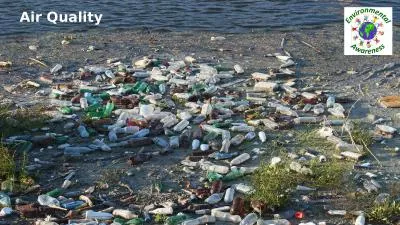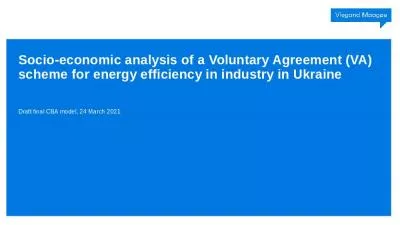PPT-Co-benefits of energy efficiency for air quality and health effects in China’s cement
Author : frostedikea | Published Date : 2020-06-24
Presenter Shaohui Zhang P hD candidate Coauthors Ernst Worrell Wina Graus Copernicus Institute of Sustainable Development Utrecht University The Netherlands Introduction
Presentation Embed Code
Download Presentation
Download Presentation The PPT/PDF document "Co-benefits of energy efficiency for air..." is the property of its rightful owner. Permission is granted to download and print the materials on this website for personal, non-commercial use only, and to display it on your personal computer provided you do not modify the materials and that you retain all copyright notices contained in the materials. By downloading content from our website, you accept the terms of this agreement.
Co-benefits of energy efficiency for air quality and health effects in China’s cement: Transcript
Download Rules Of Document
"Co-benefits of energy efficiency for air quality and health effects in China’s cement"The content belongs to its owner. You may download and print it for personal use, without modification, and keep all copyright notices. By downloading, you agree to these terms.
Related Documents

